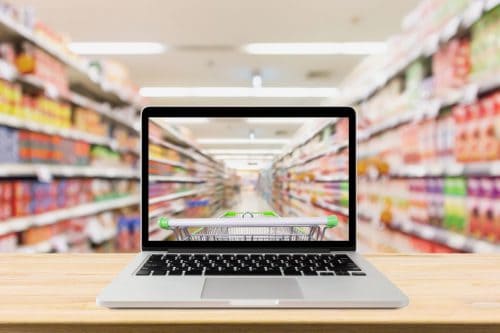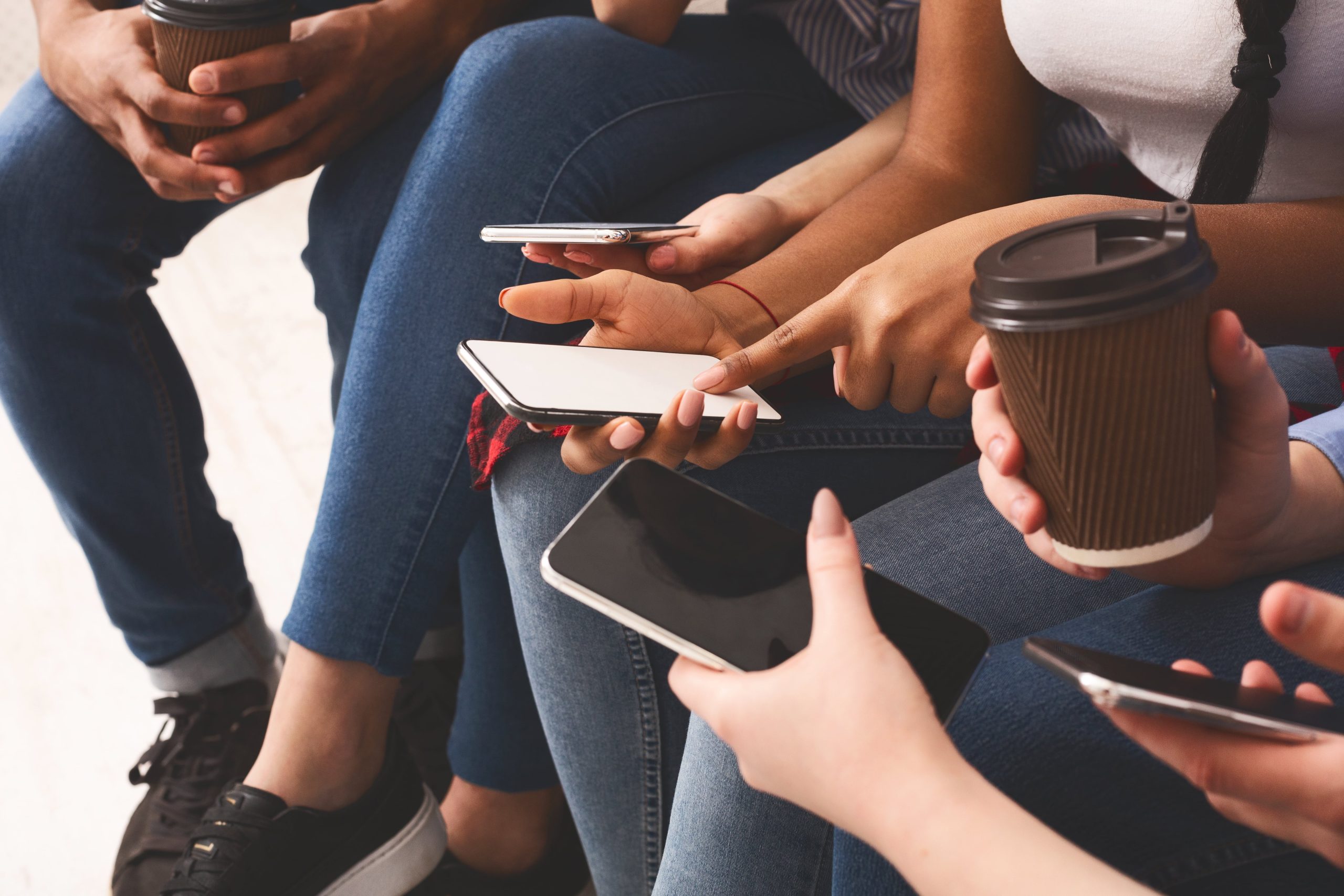Introduction
Social media and media buying are two terms you hear all the time in marketing. They sound similar, but they’re not the same. Social media is about connecting with people on platforms like TikTok, Instagram, Facebook, and LinkedIn. Media buying is the process of paying for ad space — making sure your content gets in front of the right people at the right time.
When you put them together, you get one of the most powerful combinations in modern marketing. Social media gives you the audience, media buying gives you control, and together they help brands grow faster and smarter. In this article, we’ll explore what each one means, how they overlap, and why using both is essential today. We’ll also look at statistics that prove their impact, and simple strategies you can use without needing a marketing degree.
What Is Social Media Marketing?
Social media marketing means using platforms where people spend their time — scrolling feeds, watching videos, sharing stories — to connect with them. It includes creating posts, replying to comments, and building communities. But it also involves running ads on these platforms, since organic reach is limited.
The numbers make it clear why social media matters:
- In 2025, 5.42 billion people worldwide use social media.
- The average person spends about 141 minutes per day on these platforms.
- Nearly 54% of consumers research products on social media before buying.
(Source: Sprout Social, Sprinklr, Porch Group Media)
That much attention makes social media one of the best ways for businesses to get discovered, build relationships, and drive sales.
What Is Media Buying?
Media buying is the part of marketing where you pay for space or time to show your ads. It could be on social media, websites, streaming platforms, podcasts, or even billboards. On digital platforms, media buying includes things like choosing audiences, bidding on ad placements, and tracking performance.
Think of it this way: if social media is the stage, media buying is the ticket that ensures your message actually makes it to the audience. Without it, your post might only reach a small group. With media buying, you can control reach, frequency, and budget — giving your content a real chance to succeed.
Why Social Media and Media Buying Are Stronger Together
Social media and media buying aren’t separate silos. They work best when used side by side. Social provides the playground, media buying makes sure you’re playing in the right part of the field.
Here’s why they’re such a powerful combo:
- Reach with targeting
Billions use social media, but media buying ensures you’re reaching the people who actually matter — based on age, location, interests, or behaviors. - Budget control
Paid ads let you decide exactly how much to spend, when to spend it, and which audience to prioritize. That means no wasted dollars on people unlikely to care. - Data-driven feedback
Social ads give instant results — impressions, clicks, conversions. This data helps refine your media buying strategy in real time. - Organic + paid synergy
Organic posts build trust and credibility. Paid ads expand reach quickly. When both run together, they amplify each other. - The media multiplier effect
Research shows people are more likely to act when they see the same message in more than one place. Seeing a brand on TikTok, Instagram, and a display ad online reinforces memory and drives action.
The Numbers Behind Social Media Advertising
The data backs up why brands keep pouring money into social + paid strategies:
- Global social media ad spend is projected to reach $276.7 billion in 2025.
- Social accounts for over 30% of total digital ad spending worldwide.
- Nearly 3 in 10 adults discover new brands through social media ads.
- About 63% of social media users have bought something directly from a social ad.
- 77% of marketers say social media ads are effective for business growth.
(Sources: Sprout Social, Soax Research, HubSpot, Porch Group Media)
These stats show that not only are people spending time on social media — they’re also open to buying through it.
Challenges of Mixing Social Media and Media Buying
It’s not all easy wins. There are challenges when you invest in paid social strategies.
One common problem is ad fatigue. When people see the same ad too often, they start ignoring it — or worse, they get annoyed. That’s why fresh creatives and rotation matter.
Another challenge is trust and authenticity. Studies have shown that credibility in social ads heavily influences response. If your ad feels fake, people will scroll past without a second thought.
There’s also measurement and attribution. Knowing which ad or platform deserves credit for a sale is complex. Without proper tracking, it’s easy to waste money.
Finally, competition is fierce. As more businesses run ads, costs per click (CPC) and cost per thousand impressions (CPM) rise. Research suggests that around 37% of ad spend can be wasted because of poor targeting, weak creative, or inefficient strategy.
How to Use Social Media and Media Buying Effectively
The good news? With the right approach, you can avoid common pitfalls and make your ad dollars work harder.
Start with a clear goal. Do you want more awareness, more leads, or direct sales? That answer shapes everything else. Once goals are set, define your audience. Knowing their age, location, and interests allows you to craft messages that feel personal.
After that, choose your platforms wisely. You don’t need to be everywhere. For example, a beverage brand targeting young adults might see better returns on TikTok and Instagram than LinkedIn. Then, build a mix of organic and paid content. Organic posts show authenticity, while paid ads expand reach quickly.
Testing is where real progress happens. Try two different ads with small budgets. Maybe one is a short video and the other is a carousel of product images. Track which one gets more clicks or conversions. Put more money into the winner, pause the loser. Repeat this cycle — test, measure, adjust.
Here are a few key metrics to watch:
- Reach and impressions (how many people saw the ad)
- Click-through rate (how many clicked after seeing it)
- Cost per click or action (how much each result cost)
- Conversion rate (how many people actually bought or signed up)
- Return on ad spend (how much revenue you made per dollar spent)
By focusing on these, you can scale successful ads while cutting wasted spend.
A Simple Example
Let’s say you own a new beverage brand called FreshFizz. Your goal is to sell 5,000 cans in your first month. Your target audience is 18–30-year-olds in the U.S. who are into healthier drink options and active lifestyles.
On Instagram and TikTok, you post organic content showing how FreshFizz fits into everyday moments — at the gym, on a hike, or just hanging out with friends. You encourage customers to share their own photos and videos with the drink to build community.
At the same time, you launch paid ads. One ad is a short video of someone opening a cold FreshFizz can after a workout, with the tagline “Fuel Your Day, The Fresh Way.” Another is a carousel ad highlighting different flavors with a limited-time offer.
You start with a $10,000 test budget. After two weeks, the workout recovery video ad drives the most clicks and sales, while the flavor carousel ad underperforms. You shift more budget to the video and pause the carousel. By the end of the month, you’ve sold through your first run of cans and now have clear insights on which messages resonate most with your audience.
This cycle of testing, learning, and optimizing is exactly how social media and media buying work best together — making sure your brand not only shows up but actually drives sales.
Why It Matters Today
People spend more than two hours every day on social media. That’s a huge window of attention for brands to connect with audiences. Media buying ensures those connections aren’t random but intentional. It’s the difference between hoping your post gets noticed and making sure the right person sees it at the right time.
As ad budgets shift more toward social platforms, brands that balance organic social strategies with smart media buying will have a major advantage. They’ll waste less, measure more, and grow faster.
Conclusion
Social media and media buying are two sides of the same coin. Social platforms give you the audience, while media buying ensures your message actually lands. The stats make it clear: billions of people are on these platforms daily, ad budgets are rising, and consumers are more open than ever to discovering and buying through social.
The key is balance. Use organic content to build trust, and paid ads to scale reach. Test small, track results, and scale what works. Brands that do this effectively are the ones people see, remember, and buy from.
At Cool Nerds Marketing, we help brands of all sizes navigate this mix of organic and paid strategies — creating social campaigns that not only look good but actually drive results.



